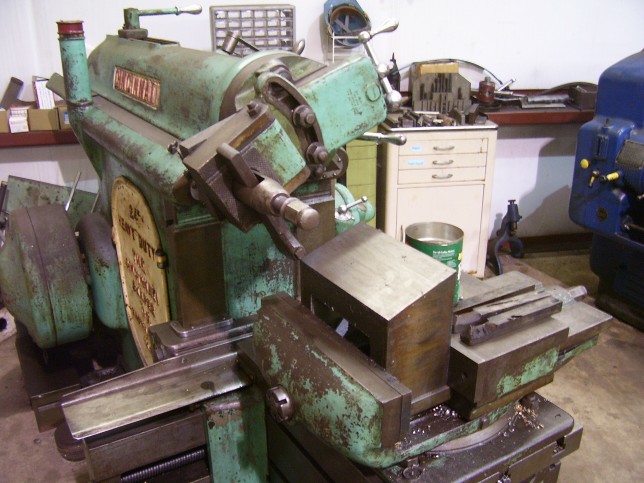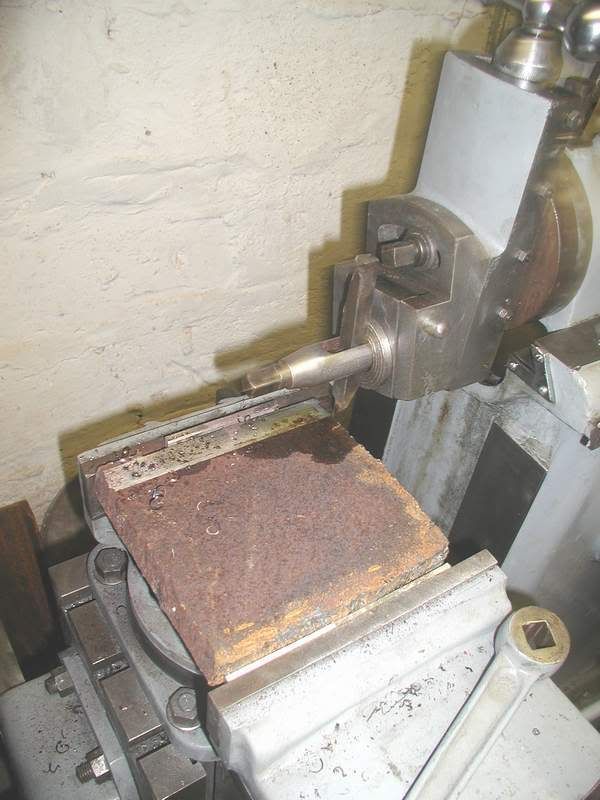todd goff
Hot Rolled
- Joined
- Feb 8, 2007
- Location
- south carolina
I finally have gotten my gould and eberhardt 20" shaper back together. I stripped two gears out a while back and couldn't find the right ones to repair the hand feed that you use to set the length of your cut (I guess.) Well, I finally got off my lazy butt and had some slack time at work and got it together. This machine has set outside for a long time which is my fault, but I am going to find a place for it in my shop (somewhere.) The ways were gummed up so I took the bars off that hold them and covered it in used motor oil and let it set a while and wah lah it turned smooth as could be. My question is this; what is a shaper good for?










